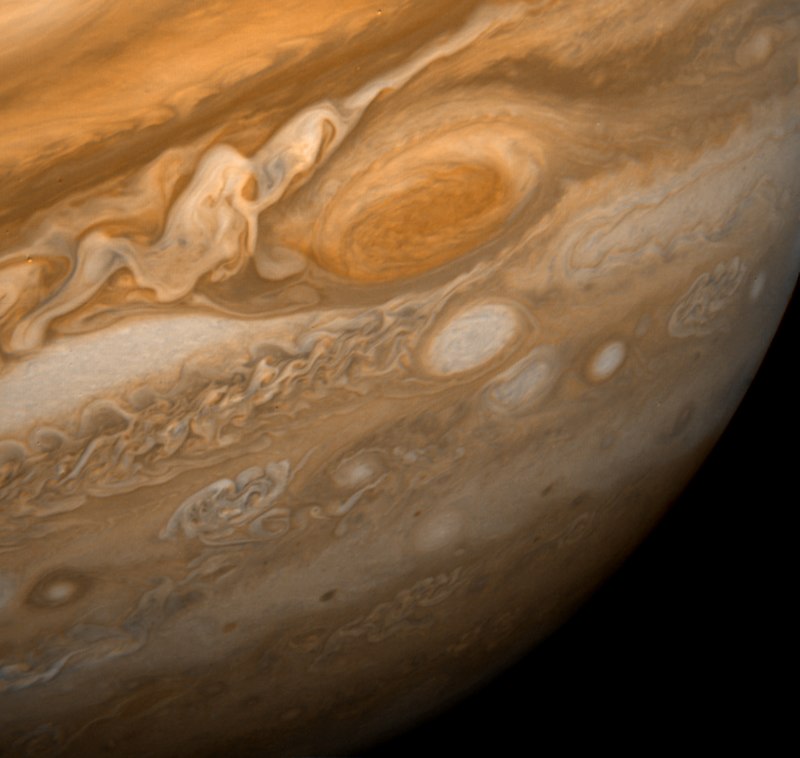Canadian Scientists Discover Oldest Rocks on Earth, Dating Back 4.16 Billion Years

In a groundbreaking discovery, a team of Canadian geologists has confirmed the oldest known rocks on Earth, dating back approximately 4.16 billion years. This remarkable find, located near the village of Inukjuak in Nunavik, Quebec, offers new insights into the planet's earliest history, specifically during the Hadean eon, a period characterized by a chaotic and molten environment.
Led by Dr. Jonathan O’Neil at the University of Ottawa, the research team meticulously analyzed samples collected in 2017 from the Nuvvuagittuq Greenstone Belt, a region that has been a topic of debate regarding the age of its geological formations. Previously, estimates for the age of the volcanic rocks in this area ranged between 3.75 and 4.3 billion years, with no consensus reached until now. Dr. O'Neil noted, “Our previous research suggested that they could date back 4.3 billion years, but this wasn’t the consensus.”
The significance of this discovery lies in its potential to enhance our understanding of Earth’s formation and the conditions that led to the emergence of life. According to the research team, “Understanding these rocks is going back to the very origins of our planet. This allows us to better understand how the first continents were formed and to reconstruct the environment from which life could have emerged.” This finding is particularly vital as it positions the Nuvvuagittuq Belt as the only known remnant of Earth’s Hadean crust, providing a rare glimpse into a time when the planet was still forming.
To ascertain the age of the rocks, the scientists employed radiometric dating techniques, focusing on the decay of samarium into neodymium. This method provides a reliable measure of geological time, allowing researchers to understand when these ancient rocks solidified. The team utilized two different isotope systems to independently confirm that the rocks are indeed 4.16 billion years old.
The Hadean eon, which began approximately 4.6 billion years ago, was marked by extreme conditions, including intense volcanic activity and a lack of a stable atmosphere. The Earth's surface during this time was likely a molten mass, bombarded by space debris, which would later influence the formation of the Moon. By the end of the Hadean, the planet began to cool, allowing for the formation of solid crust and the accumulation of water, setting the stage for life.
Dr. O’Neil emphasized that this discovery not only sheds light on the geological processes of early Earth but also connects contemporary scientific inquiry with our planet's origins. “This research highlights the long, complex path from a barren world to one that would eventually support life, forests, and oceans,” he stated.
The findings were published in the prestigious journal Science, marking a significant contribution to the field of geology and our understanding of Earth's formative years. As scientists continue to unlock the secrets of these ancient rocks, they pave the way for further exploration into the conditions that fostered the planet’s evolution and the emergence of life.
This discovery opens new avenues for research and understanding of the early Earth, and may eventually lead to insights about similar processes on other celestial bodies. As Dr. O’Neil concluded, “This is about understanding our origins, connecting today’s Earth with its earliest beginnings.”
Advertisement
Tags
Advertisement





